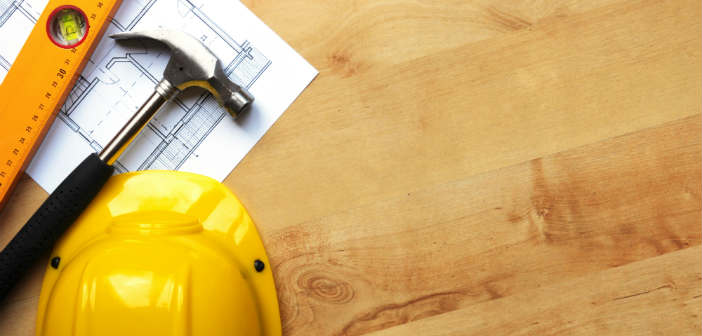How to Fix a Leaky Faucet

How to Fix a Leaky Faucet
A faucet that drips water may not seem like a problem that needs immediate attention. However, when it comes to your water bill, all those drips add up. This guide will tell you how to fix a leaky faucet at home, and when you should call in the professionals.
Types of Faucets
The first thing you’ll want to do is figure out what type of faucet you have. Most bathroom sinks have compression faucets. These have separate knobs for hot and cold water.
Kitchen sinks tend to have one adjustable handle for both hot and cold water. These faucets come in three types: ball, cartridge, and ceramic-disk. Ball faucets have a ball bearing. Cartridge faucets have a cartridge, and ceramic-disk faucets use a ceramic cylinder.
Once you know which faucet you have, you can then focus on fixing it. If you need help figuring out what faucet you have check out this article here.

Steps for Fixing a Leaky Faucet at Home
- Turn off the water to the faucet. Examine the pipes under your sink that connect to the faucet. You should see a knob that will turn off the water. Once you find it, turn it clockwise.
- Place a stopper in the drain. If you don’t have a stopper, use a washcloth. This prevents screws and other small parts from falling in the drain and causing additional problems.
The next steps will vary based on the type of faucet you have.
Compression Faucets

-
Remove the hot and cold knobs.
-
Remove the nut.
-
Pull out the stem, and examine the O-ring and seat washer. If the hot and cold knobs are leaking, you need to replace the O-ring.
-
Unscrew the brass screw holding the seat washer in place.
-
Remove and replace the seat washer. Take the old seat washer with you to the hardware store to make sure it matches.
- Coat the new seat washer in plumber’s grease before installing and replacing the nut and knobs.
Ball Faucet
You will most likely need to purchase a replacement kit – not a new faucet – since ball faucets have parts which require special tools to remove and replace.

-
Unscrew and remove the handle.
-
Remove the cap and collar. Use the special tool in the replacement kit to loosen and remove the faucet cam, washer, and ball.
-
Remove the seals and springs.
-
Coat the new O-rings in plumbers grease before removing and replacing the old ones.
-
Replace the springs, valve seats, and cam washers.
- Reinstall the handle.
Cartridge Faucet

-
Unscrew and remove the handle.
-
If there is a retaining clip, you will need to remove this as well. This secures the cartridge and ensures it remains in place.
-
Pull the cartridge, ensuring it is straight.
-
Remove the faucet spout.
-
Find and replace the O-rings. Coat the new O-rings in plumber’s grease prior to installation.
- Reinstall the handle.
Ceramic-Disk Faucet

-
Unscrew and remove the handle.
-
Find the escutcheon. This is a metal part that is usually located just underneath the handle.
-
Remove the disk cylinder.
-
Remove the neoprene seals underneath.
-
Add the cylinders to a glass of white vinegar and soak for several hours. This works particularly well for removing hard water.
-
If the neoprene seals are worn or broken, they will need replacing. Take the old seals with you when you go to the hardware store.
- Reinstall the handle and turn the water on slowly. If you run the water on full blast, the ceramic disk will crack.
When to Call a Plumber
Fixing a leaky faucet is usually a simple affair. However, it’s best to call a plumber if…
-
You’re not familiar with or confident about removing or replacing sink parts.
-
You’ve tried to fix it yourself, but the problem persists.
- Your water pressure is above or below average.
Need a plumber? We’re happy to help. All you need to do is answer a few questions, and we’ll connect you to reputable professionals who can do the job for the best price.




